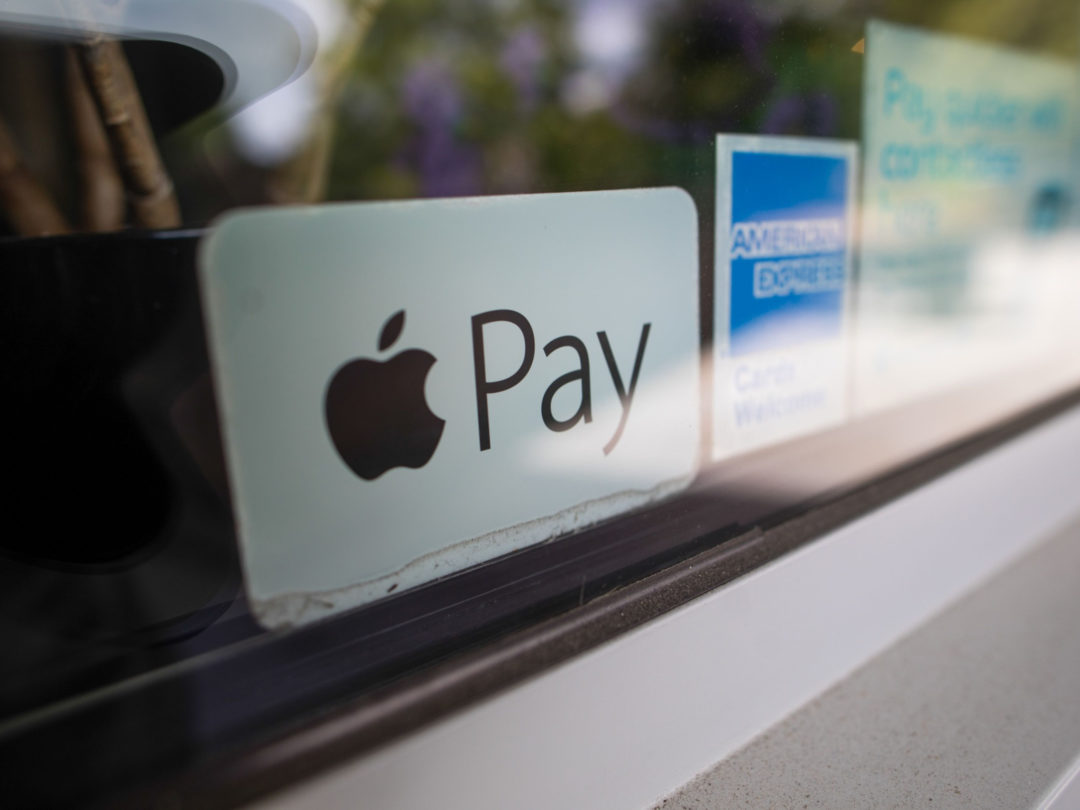
In the nine months since COVID-19 drastically changed the way humans and organizations interact with one another, digital transformation has accelerated at an unprecedented rate. On a recent earnings call, Microsoft CEO Satya Nadella stated the company witnessed about two years’ worth of digitization in two months among its customers, signaling that other companies would soon follow suit.
This accelerated digital transformation is one that will continue to drive the transportation supply chain in 2021, starting with the increased adoption of contactless payment options and investments in the mobile user experience.
The transition to digital has historically been difficult for those in the trucking and logistics sectors. These industries have complex operational structures and processes, largely built on older technology adapted to more manual and paper-driven processes. Many companies have grown complacent in the use of paper documents and manual processes, with a pragmatic “it’s not broke, so don’t fix it” approach. Moreover, these businesses are highly fragmented, making it difficult to implement process and tool changes among a dispersed workforce.
Digital payments are a key area which transportation and logistics organizations will prioritize in 2021. The largest players in the payment industry — Visa and Mastercard — have cleared the pathway for digital payment adoption with tap-and-go, tokenization, and mobile wallet technology. The health risks associated with in-person contact in 2020 have only increased demand for the use of this technology among drivers who are at the epicenter of all logistics operations. The supply chain is starting to see the value of streamlining on-demand payment remittance and processing into a digitized and mobile format.
While some transportation organizations have pushed to eliminate the use of manual checks and cumbersome processes for a few years now, the motivation to overhaul legacy systems has lagged behind other industries. However, this year’s pandemic served as the catalyst to accelerate the need for this change faster. In a sector where “time is money,” fleets have finally seen the value of integrating mobile, contactless solutions that are both cost-effective, safe and efficient.
Customer Expectations
Drivers and fleet managers will begin to shift their expectations and begin to demand a touchless option for transactions in 2021. This demand has taken place successfully in other sectors among consumers. Online banking and Apple Wallet, for example, reached their tipping point this year as many merchants and consumers recognized the danger and inconvenience of cash transactions and in-person banking during a pandemic.
By adopting this trend in the fleet industry, we can help improve the work conditions for those in the industry, reducing risk, and saving time — allowing fleets and drivers to be more efficient while removing some of the friction around non-driving tasks. The U.S. labor market for truck drivers has struggled for years with drivers aging out of the workforce and demand for moving goods increasing. Rolling out digital solutions in the industry could attract a younger workforce who is used to mobile services and products, improving fleets’ bottom lines and giving drivers back their time.
Encouraging Adoption
What can we do to make this shift easy for the logistics industry?
Adopting new technology, on the surface, tends to be a fairly straight-forward task. The solution proposed and work required to implement it are well-known in advance and as long as there is a sound business case (and willingness) for investment, then it is not hard. The bigger challenge for companies to implement digital payment solutions comes from the need to change human behavior and habit. Launching a new digital solution often leads to a steep learning curve for a significant portion of the user base, which can be accompanied by a natural resistance to adopt the new tool or behavior. Digital transformation is therefore not just about the technology, it’s a psychological hurdle too.
Digital payment companies will have to flatten this learning curve by investing time and resources into adequate product education. Marketing messages must be refined and clarified to communicate the benefits of the new solution rather than its features. In order for widespread adoption to take place, the end user must understand how the solution will improve his or her daily life and optimize earning potential.
Companies underestimate how much training and marketing is needed for customers to understand the full value of its services. A good marketer in the space will make the assumption everything needs to be broken down to its most basic level. This is not to undermine the competency of the end user, but to ensure the concept or product presented is easily consumed and accepted in practice. It’s imperative companies put as much, or more, effort into marketing to the end user to educate and build awareness of the product as they do to the payors and decision makers who purchase the product.
By providing end users and payers with the supportive resources to implement these changes effectively, technology companies can do their part to help establish financially sustainable supply chains for years to come.
Justin King is senior vice president and head of product at Comdata.







